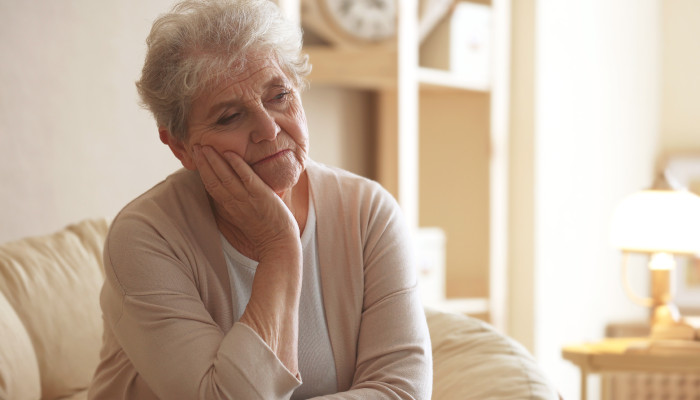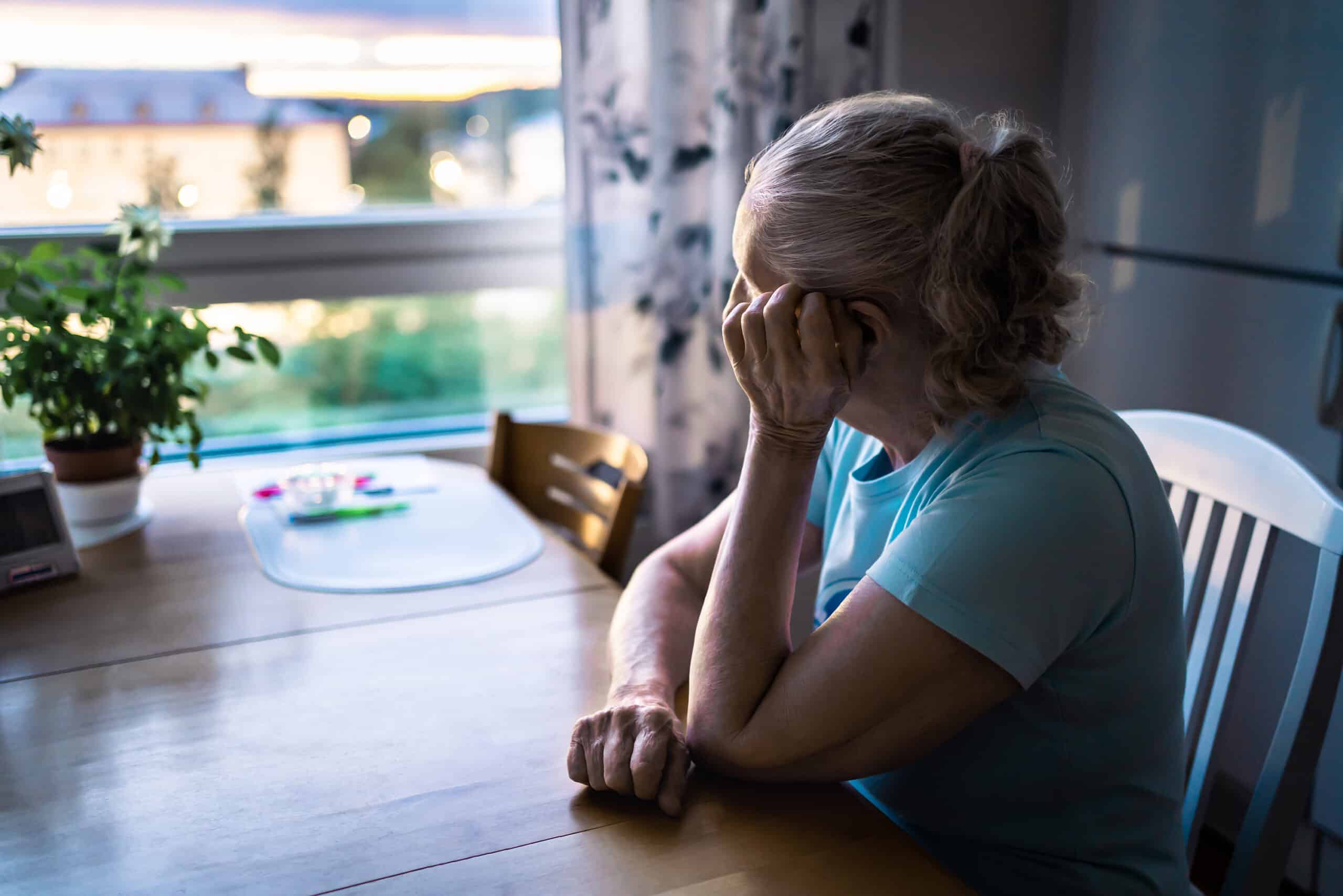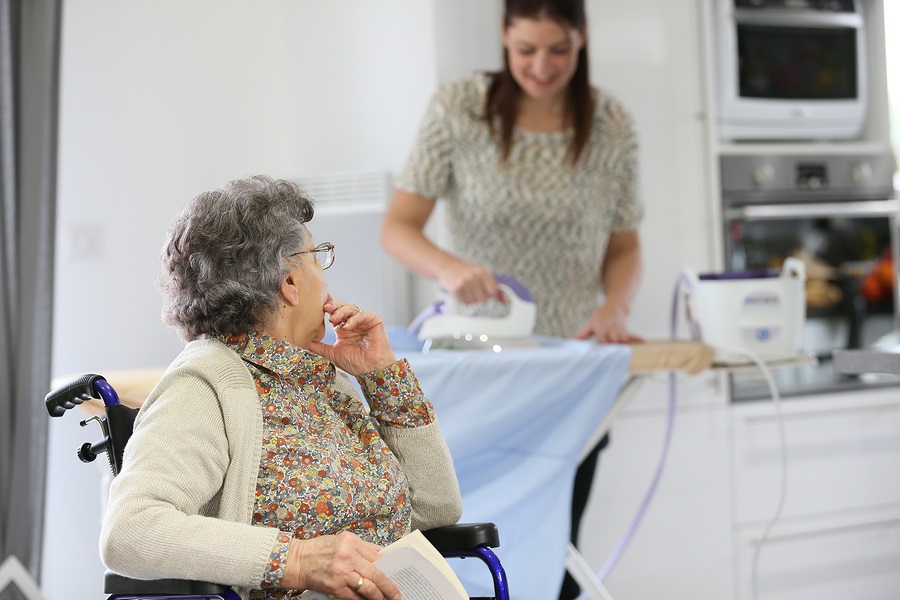The importance of fall detection for seniors cannot be overstated. As our loved ones age, ensuring their safety becomes a primary concern. Falls are a leading cause of injury among the elderly, and the need for efficient fall detection systems is crucial to provide rapid assistance and prevent further harm.
Understanding the importance of fall detection for seniors is essential for families and caregivers alike. With the growing number of seniors choosing to live independently, fall detection systems offer peace of mind by alerting caregivers or emergency services in case of a fall. This proactive approach not only saves lives but also significantly improves the quality of life for seniors.

Why Fall Detection is Crucial for Seniors
Falls are not just a minor accident for seniorsthey can lead to serious consequences, including fractures, hospitalizations, or even fatalities. According to the Centers for Disease Control and Prevention (CDC), one out of four older adults falls each year, but less than half tell their doctor. This statistic highlights the silent epidemic of falls among seniors.
The Impact of Falls on Seniors
Falls can have devastating effects on seniors’ health and independence. A fall can result in physical injuries, such as hip fractures or head trauma, leading to prolonged hospital stays and rehabilitation. Beyond physical injuries, falls can also cause psychological effects, such as fear of falling again, which may lead to reduced mobility and social isolation.
The Role of Fall Detection Systems
Fall detection systems play a vital role in mitigating the risks associated with falls. These systems are designed to detect a fall and automatically alert designated contacts or emergency services. By providing immediate assistance, fall detection systems can significantly reduce the time it takes to receive help, potentially preventing serious injuries or complications.
How Fall Detection Works
Fall detection devices come in various forms, including wearable technology and home monitoring systems. Wearable devices, such as fall detection wristbands, are equipped with sensors that detect sudden movements characteristic of a fall. These devices communicate with a central monitoring system, which sends alerts to caregivers or emergency responders.
Home monitoring systems, on the other hand, use sensors placed around the home to detect falls. These systems are ideal for seniors who spend most of their time at home, providing an additional layer of security in familiar surroundings.
Choosing the Right Fall Detection Device
When selecting a fall detection device, it’s important to consider the specific needs and lifestyle of the senior. Factors such as mobility, activity level, and comfort should guide the decision-making process. For more comprehensive guidance, consider visiting best fall detection devices.
Features to Look For
Key features to look for in a fall detection device include:
- Automatic fall detection and alert capabilities
- GPS tracking for location accuracy
- Ease of use and comfort for the wearer
- Water resistance for use in the shower or bath
- Long battery life to ensure continuous operation
Benefits of Fall Detection Systems
Investing in a fall detection system offers numerous benefits, not only for the senior but also for their caregivers and family members. These systems provide peace of mind, knowing that help is readily available in case of a fall. Additionally, they promote independence by allowing seniors to live confidently in their own homes.
Reducing Emergency Response Time
One of the primary advantages of fall detection systems is the ability to reduce emergency response time. In the event of a fall, every minute counts. A quick response can mean the difference between a minor injury and a severe one. By automatically alerting emergency services, fall detection systems ensure that seniors receive timely medical attention.
Encouraging Independence
For seniors, maintaining independence is a significant aspect of their quality of life. Fall detection systems empower seniors to live independently while knowing that help is just a call away. This sense of security can enhance their confidence, allowing them to engage in daily activities without constant fear of falling.
Integrating Fall Detection with Other Safety Measures
To maximize the safety of seniors, fall detection systems should be integrated with other safety measures, such as regular health check-ups and home modifications. Simple changes, like installing grab bars in bathrooms or improving lighting, can significantly reduce the risk of falls.
For more tips on fall prevention, consider exploring resources on common causes of falls.
The Role of Caregivers
Caregivers play a crucial role in supporting seniors and ensuring their safety. They should be involved in selecting and setting up fall detection systems, as well as monitoring the senior’s health and well-being. Regular communication with the senior and their healthcare providers can help identify any changes in mobility or behavior that may increase the risk of falls.

Frequently Asked Questions
What are the most common causes of falls in seniors?
Common causes include balance problems, vision impairment, medications, and environmental hazards. For a detailed overview, check out common causes of falls.
How can I help my elderly loved one prevent falls?
Ensure their environment is safe, encourage regular exercise, and consider a fall detection system. More tips can be found at Health in Aging.
Are fall detection devices expensive?
Costs vary based on features and brands. It’s important to balance cost with the features needed for safety and peace of mind.
This article contains affiliate links. We may earn a commission at no extra cost to you.






